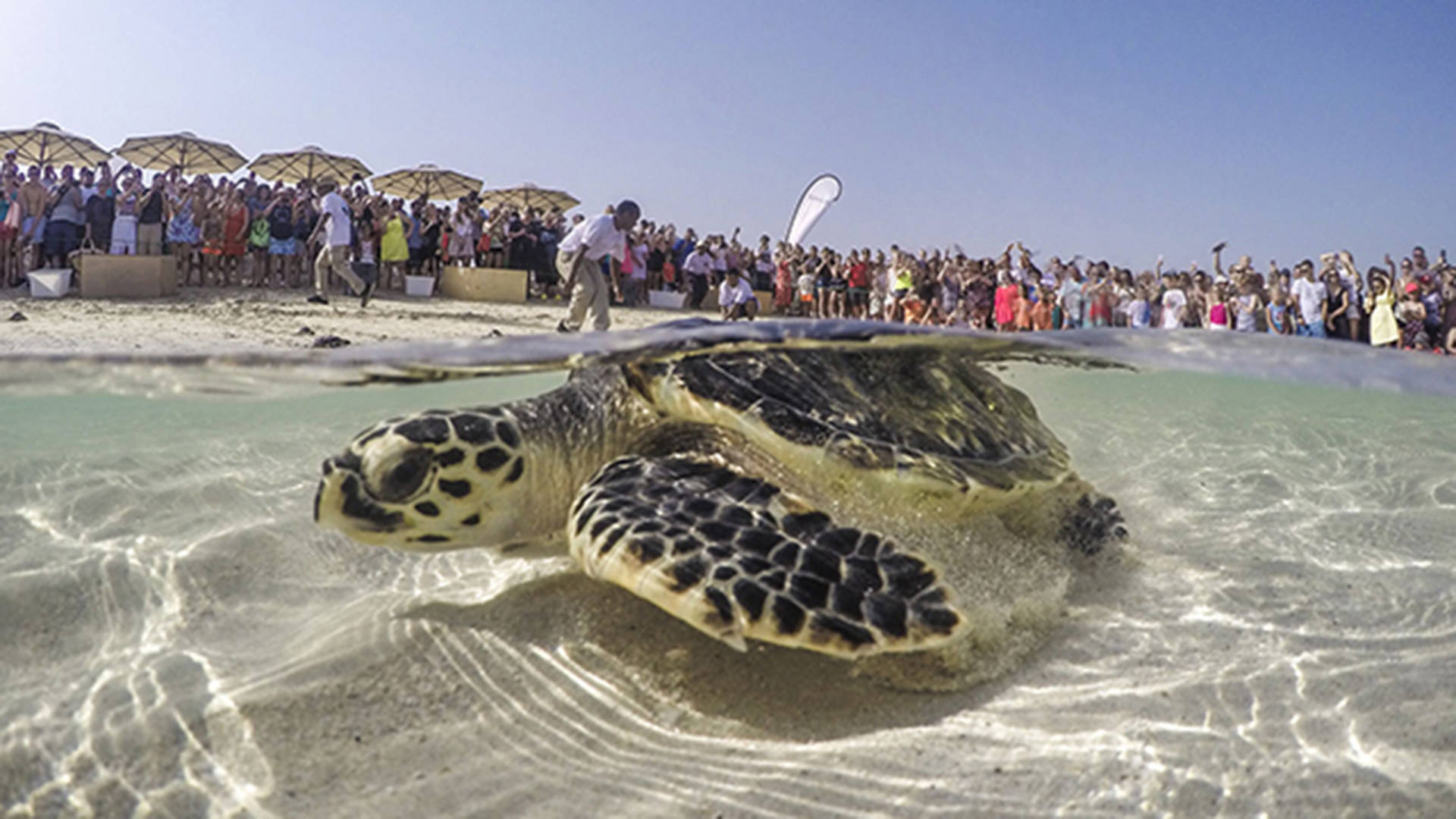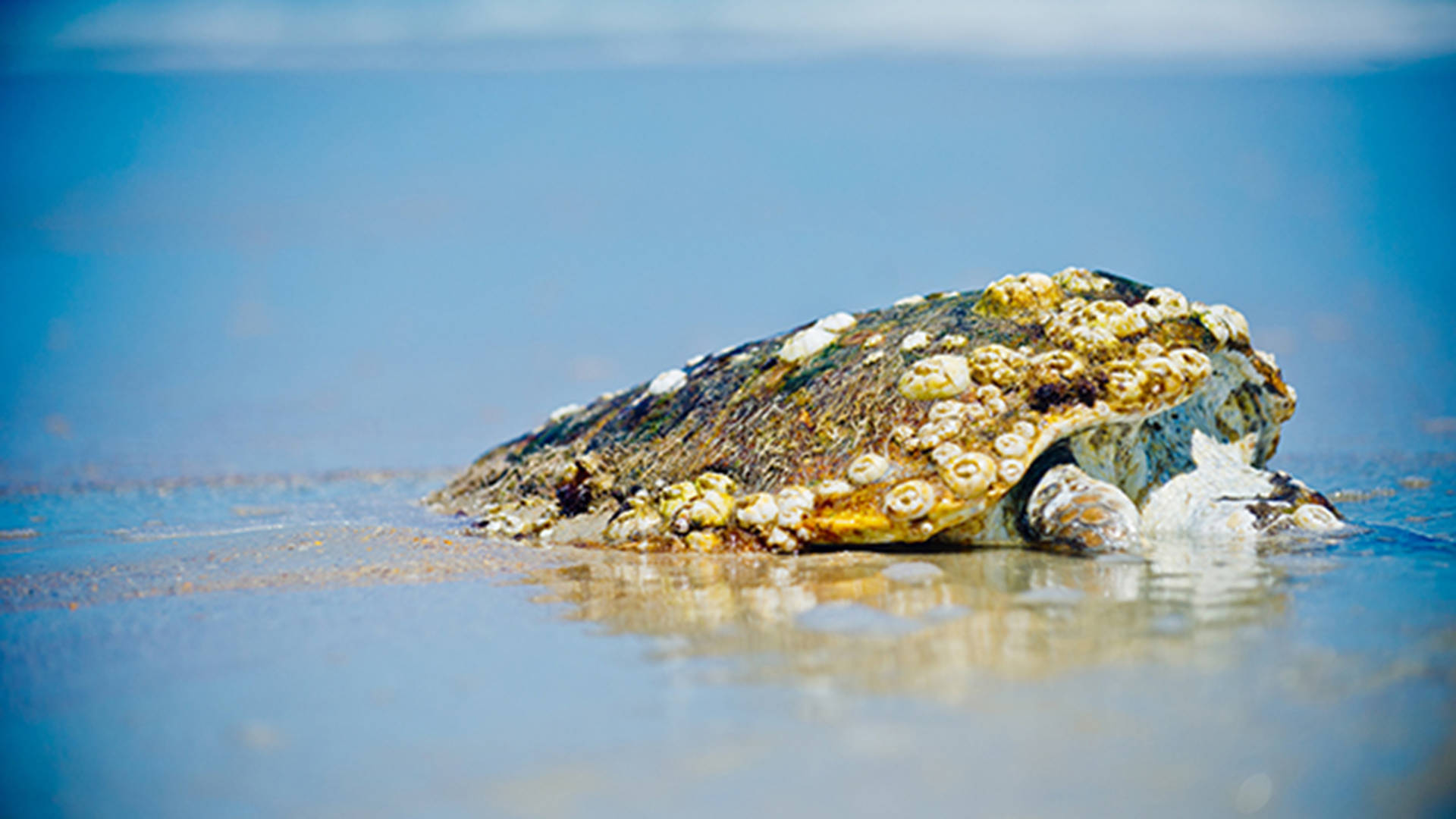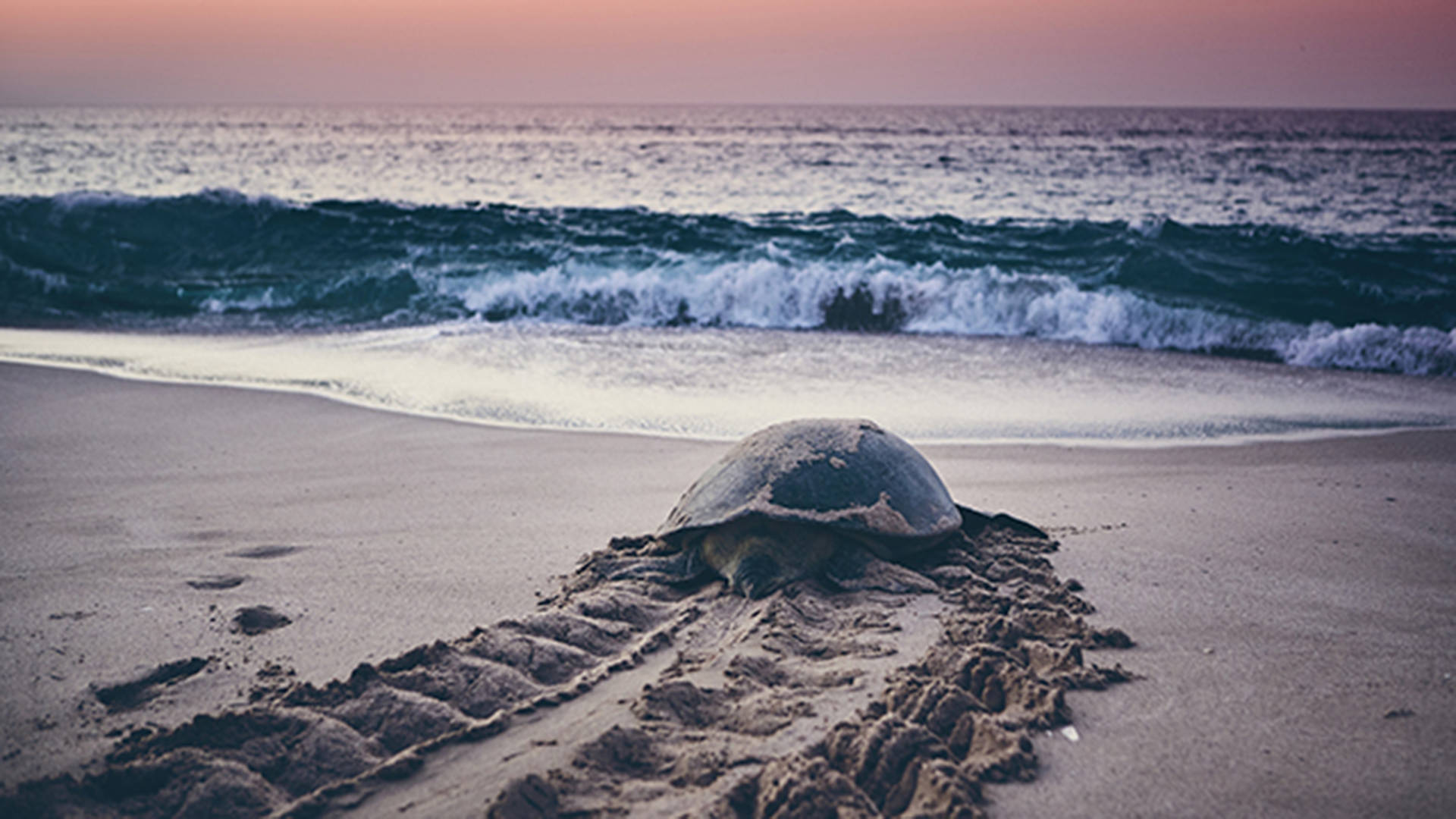Meet the Turtles: Inside the Dubai Rehabilitation Project
Jumeirah is committed to preserving wildlife, here we profile our Dubai Turtle Rehabilitation Project
Jumeirah is committed to preserving wildlife, here we profile our Dubai Turtle Rehabilitation Project
Jumeirah is committed to preserving wildlife, here we profile our Dubai Turtle Rehabilitation Project
The shimmering Arabian Gulf is swimming with sea turtles. These captivating creatures bob, dive and thrive in warm, tropical waters and thousands call the sea around Dubai their home. Unfortunately, turtles face all manner of threats – from hunting and pollution to boat strikes and coastal development. This is where the Dubai Turtle Rehabilitation Project comes in. With aquarium facilities to conduct clinical care at Burj Al Arab Jumeirah and rehabilitation facilities located at Jumeirah Al Naseem, these incredible centres rescue, rehabilitate and releases turtles. From the care that goes into nursing these endangered species to heart-warming success stories, join us for an insider peek at Dubai Turtle Rehabilitation Project.

The state-of-the-art Turtle Rehabilitation Sanctuary at Jumeirah Al Naseem is tailor made to meet a sick turtle’s needs. The Gulf-fed lagoon provides a natural habitat for them to recover in, allowing the team to monitor all stages of rehabilitation. Most of the turtles are brought in by members of the public (via Dubai’s Wildlife Protection Office) who find them washed up on the shore. They can be injured through injection of plastic or suffer abnormally heavy barnacle growth on their shell, making it hard for them to swim.
Stranded hawksbill hatchlings are fed and tended to until they’re strong and large enough to make their journey into adulthood. Boat-damaged turtles have their carapaces (shells) carefully stitched back together with stainless steel wire.

Since its inception in 2004, the Dubai Turtle Rehabilitation Project has rehabilitated an incredible 2,100 turtles, releasing them back into their natural habitat. Cutting edge technology allows the project to monitor released turtles’ progress and number of them have been fitted with satellite transmitters.
One of the turtles, ‘Dibba’, was tagged and released in February 2008 and travelled an amazing 8,600 kilometres. She was the first example of a marine turtle migrating from the Middle East to South East Asia, where her last location was recorded off the coast of Thailand. A young hawksbill released in summer 2019 reached Qatar, travelling a 600km in three weeks.
